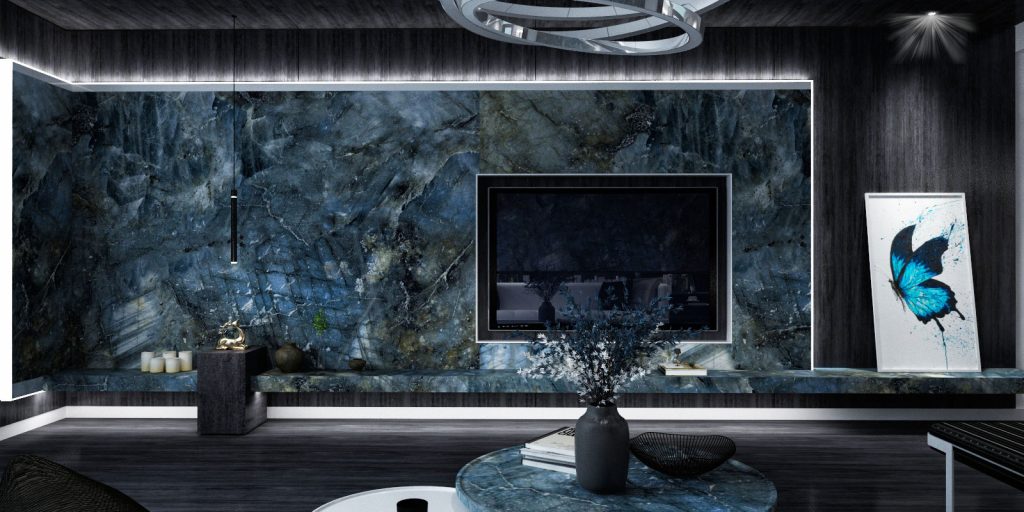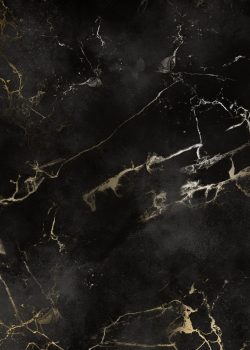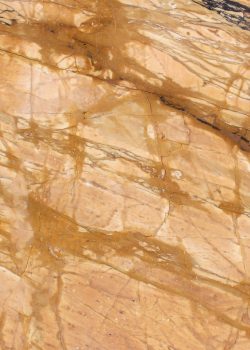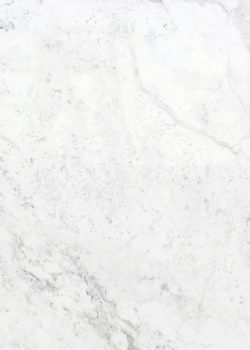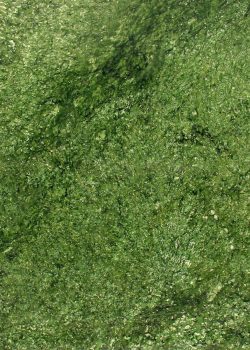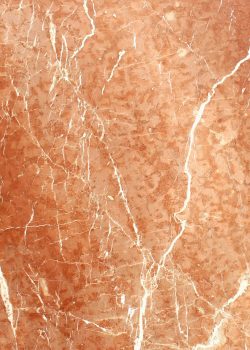HISTORY
The term “marble” originates from the Ancient Greek word mármaros, signifying “shining stone” or “crystalline rock.”
Marble is a granular metamorphic rock which emerges when limestone from the deeper layers of the Earth’s crust encounters heat and pressure due to the weight of overlying sediments. Intriguingly, marble can form near igneous intrusions through contact metamorphism. The metamorphic process can lead to the recrystallization of impurities in the limestone, resulting in minerals such as graphite, pyrite, quartz, mica, and iron oxides becoming embedded in the marble.
But this natural stone’s narrative doesn’t merely unfold in the geological realm. Its legacy reverberates through the annals of human history, adorning interiors and architecture for centuries. Ancient Greek structures like the Temple of Olympia and the Theseum were among the earliest beneficiaries of marble. Marble also contributes to the structural magnificence of the Taj Mahal, Lincoln Memorial as well as the Pyramid of Giza. While various civilizations have utilized marble, the Romans and Greeks stand out as its most prolific patrons.







CHARACTERISTICS AND BENEFITS
Composition and Colour: Marble has minerals such as graphite, pyrite, quartz, mica, and iron oxides embedded in it. Consequently, these new minerals influence the marble’s texture and colour, giving rise to diverse marble varieties.
Marbles differ by colour, texture and patterns (usually called ‘veins’ or ‘waves’). Colours may include white, black, beige, red, pink, blue, brown, grey, green and all other shades imaginable.
Durability and Resistance: Marble stands out as one of the most enduring natural stones, boasting exceptional durability that renders it a prime candidate for construction purposes. Its versatility spans both indoor and outdoor design due to its impressive resistance to varying climates, weather and erosion resistance.
Additionally, its ability to resist heat and fire has catapulted marble into becoming a preferred choice for embellishing interiors and architectural structures.
Retains Coolness: With its unique ability to retain coolness even in high temperatures, marble almost mirrors a natural air conditioning effect. This attribute makes it the preferred material for embellishing kitchen counters and adorning floors.
Adaptability in wet areas: The adaptability of numerous marble varieties to wet environments further extends its utility, enabling its incorporation into spaces like bathrooms, sinks and shower enclosures.
Low Maintenance: Its naturally random aesthetics, engineering properties, and simple maintenance requirements contribute to its premium standing for applications ranging from flooring and wall cladding to table surfaces, wainscotting, and vanity tops.
Economical: Renowned for its exquisite and opulent appearance, marble boasts an undeniable allure as a raw resource. Yet, remarkably, marble remains an economical choice. However, cost of marbles can be affected by its type, pattern, thickness, color and availability.
DISADVANTAGES
Porous: Marbles have pores which enable it to absorb liquids. Thus, liquid spills can be absorbed by the material, resulting in staining of the material.
WHY IS IT USED IN ARCHITECTURE AND DESIGN
As previously mentioned, marble possesses a variety of qualities like versatility, durability, heat, fire, weather and erosion resistance. In addition, unique patterns, textures and beauty make it ideal for architectural constructions and interior designing.
However, when selecting the marble, the selector must be aware of the marble’s properties as well as other factors such as durability, aesthetic preferences, and budget to make the best possible choice. Some marbles may be less durable, absorb less water or may require more maintenance
than others or more. Thus, marble necessitates careful consideration as wrong choices can result in unintended consequences.
Having said that, in essence, marble isn’t just a mineral; it’s a tale of geological transformation, a canvas of colors, and a chapter in the chronicles of human creativity.
For more details log on our website : www.alasalmarbles.com or write us email : info@alasalmarbles.com
Follow our social media for regular updates...
Tag : Neolith, Cladding, Natural stone, Cladding materials, Selecting the best cladding material, Exterior, cladding, High-rise buildings, Most popular cladding material, Limestone, Travertine, Current trend in cladding, Quartzite, Choose a marble for kitchen top, Kitchen Islands, Natural marble top, Marble Countertop, Highly durable stone, Preferred options for the kitchen tops, Granite Counter tops, Cleaning the granite counters, Kitchen countertop, Best kitchen countertop, Marble, Marble, kitchen tops, Natural stones, Designing your kitchen, Granite, Caesarstone, Sintered stones, Marble and granite suppliers in UAE, Kitchen Counter, How to select kitchen counter, Quartz Slabs, Slate, Countertop options, Quartzite countertops, Cleaning quartzite countertops, Sintered Stone, Kitchen surface, Advantage of Neolith, Countertop designs, Quartz countertops, Budget friendly, kitchen countertops, Feature wall, Natural stone cladding, Granite cladding, AL ASAL MARBLE, Adhesive, Marble adhesive, Floor, Flooring, Commercial, Projects, Projects, Stones, Stones, Internal, External, Walls, Flexible, Countertops, Wall cladding, Engineered stone, Stone adhesive, Marble fixing, Marble flooring, Waterproofing, Sealing, Sealant, Marble cleaning, Marble suppliers in UAE, Marble manufacturer, Stains in marble, Marble sealer, Leading marble company in UAE, Best Marble company, Marble protection

